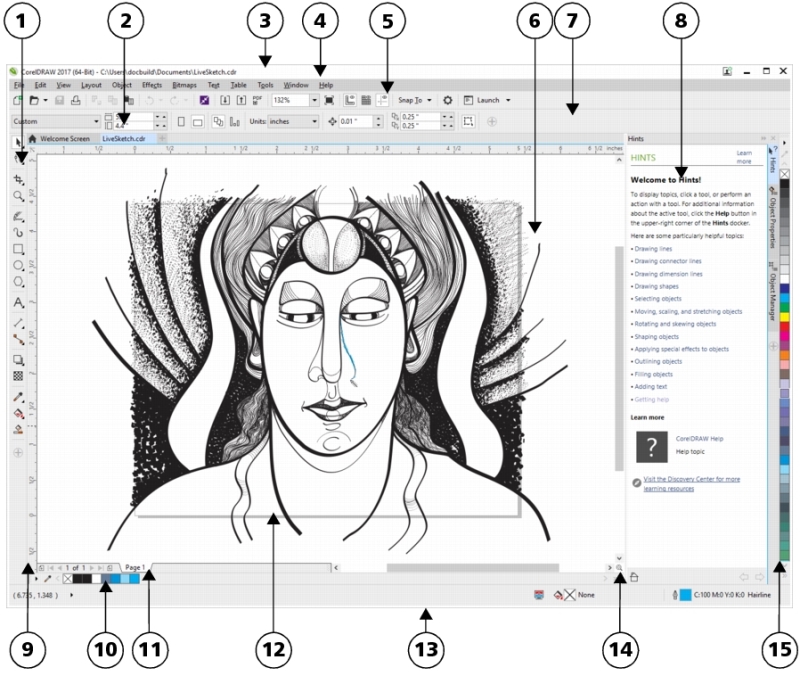

I’d rather show my client a photo of what I can do than explain it.



Remove the lens and the object (or underlying image) will revert to its original look.Īs Photo-Paint is notionally part of a larger package, there are some compromises. This is similar to the powerful Adjustment Layers feature of Photoshop: the lens contains only the 'instructions' on how the object should look. Lenses apply effects to objects without disturbing the underlying pixels. Corel take the manipulations a step further by introducing lens effects. In practice objects can be treated - and manipulated - in exactly the same way as layers. Photo-Paint introduced the concept of Objects, rather than the Layers used by other programs. But though there are lots of them, they can be usefully hidden, undocked from the menu bar (to become floating palettes), as required to make the workspace more efficient. The look of Photo-Paint is an interesting hybrid of the looks of Paint Shop Pro and Photoshop, featuring a very large image work area, bounded to the left and top by tools and menus. To produce images ready for print and reproduction you need to ensure those images 'work' when converted to the colour regime used for print, rather than the RGB - red, green, blue - used on screen. Now at Version 10 (the current Mac version is 9, but differences are slight) this is spiritually the closest product to Photoshop: an overt professional level program that includes that pre-requisite of the pro, CMYK image editing modes. Though early versions were somewhat lacklustre later versions have proved something of a revelation and Corel came under increasing pressure to release the product as a stand-alone. Photo-Paint began as a pixel based image-editing component of the comprehensive CorelDRAW! graphics package.


 0 kommentar(er)
0 kommentar(er)
